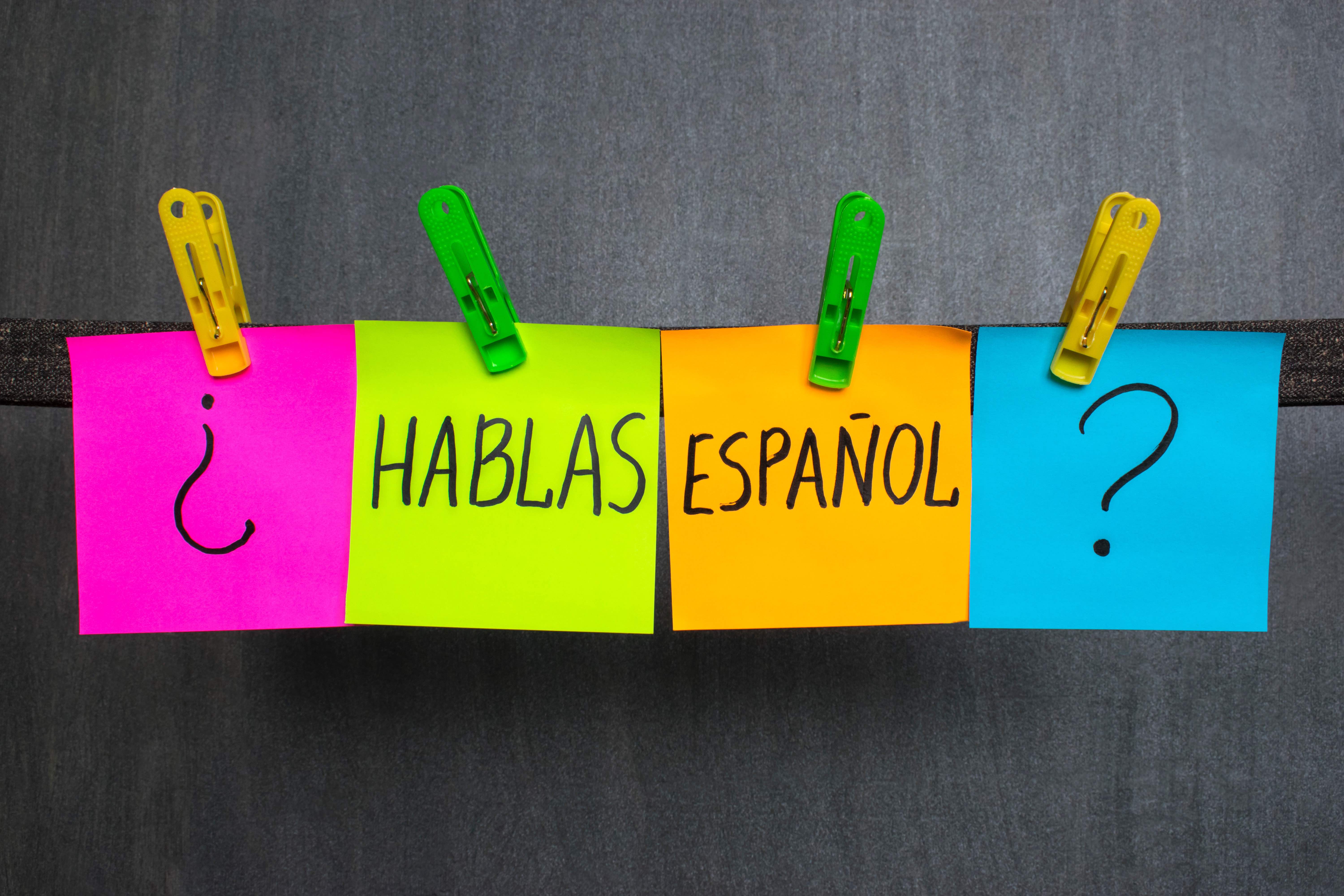
Apologizing is a universal action. No matter where you are in the world and no matter who you’re interacting with, you know what apologizing is. It doesn’t even matter what language you’re using, there is surely a way to say sorry in it. Now, let’s say you are a traveler. You are currently in Spain, and while walking on a street, you accidentally bump into someone. You are not sure if they can understand English, but you still want to apologize. What do you do? How do you say sorry in Spanish?
If you were wondering about the different ways to say sorry in Spanish, well you are in for a surprise! There are many ways to do so, with different terms applying to different situations. From apologizing for being late to expressing sympathy for grief, here are five ways how to say sorry in Spanish.
The Most Common Way to Say Sorry in Spanish: Lo Siento
The most common way to say sorry in Spanish is “lo siento. The term literally means “I feel it”, and is not an exact translation of “sorry”. However, when it is said in Spanish, the feeling being described by the term is a desire to apologize for something. Perhaps for making a mistake or not living up to a promise. This is the context behind “lo siento”, and how it became a term for sorry.
The term “lo siento” is very flexible and can be used for various situations. Some adjectives can also be added to it to give a deeper meaning. For example, if you say “lo siento tanto” (“tanto” literally meaning “so much”) or “lo siento mucho” (“mucho” meaning “much” or “a lot”), your apology becomes more sincere, as if you are truly and deeply sorry for what you did.
Although “lo siento” is a common way to say sorry in Spanish, it does have an informal tone to it. For other more formal situations, other ways to say sorry can be used.
Another Way to Say Sorry in Spanish: Perdón
Although “lo siento” is commonly used by Spanish speakers, it is not a catch-all. There are certain situations where other terms may be more appropriate.
Take, for example, you are talking to someone and want to ask them a favor. You know that the favor may take the person’s time. In English, we don’t use “sorry” for this situation, instead, we would say “excuse me” or “pardon me”. Similarly, in Spanish, speakers would normally not say “lo siento”, they would instead say “perdón”.
Perdón” literally means “pardon” and can be used in less serious situations. As mentioned earlier, it is roughly equivalent to the English term “excuse me. You can use “perdón” when asking for favors, or as an apology for requesting a person to do something inconvenient. Finally, it can be used to apologize for other situations such as when you are in a hurry.

Yet Another Way to Say Sorry in Spanish: Disculple/Discupla
“Disculple” is another Spanish term that roughly translates to “excuse me”. Unlike “perdón” it tends to be encountered more in more formal situations such as business settings. For example, a Spanish speaker, especially in an office setting like a meeting, would use “discuple” for seeking permission to do things. “Discuple” is the more polite variant of the term; for somewhat more casual or relaxed settings, “discupla” can be used instead. “Discupla” is also the preferred term when the person you’re asking permission from or apologizing to is someone you are close to, such as a friend or family member.
A Deep Way to Say Sorry: Lamento
When saying “sorry” in the context of “I’m sorry for your loss”, the term “lamento” is used. As you can tell by the word, it means “lament”, although in Spanish its literal meaning is “to regret. Lamento” is most commonly encountered in scenarios involving grief. Perhaps a friend just lost a friend or a loved one. In such cases, you can use the term “lo lamento” to sympathize with them. A more formal phrase that can be used is “lamento tu pérdida” which means “I’m sorry for your loss.
A Casual Way to Say Sorry: Que tonto soy
One of the more fun and lighthearted ways to say sorry in Spanish is “que tonto soy”, which means “what a fool I am” but also has the connotation of “sorry. It is often used when a person makes a silly or minor mistake and is not often used in formal situations. Despite not literally meaning “sorry”, it is sometimes used by Spanish speakers in that context, partly as a funny way to make fun of themselves.

Other Ways to Say Sorry
Although this article discusses five ways to say sorry in Spanish, there are in fact multiple terms that can be used. Some are regional terms while others have specific contexts. For example, “con permiso” is another term for “excuse me” and can be used when inconveniencing others. Disculpar and its variants have the connotation “forgive me” and can be used in a casual setting when asking for forgiveness. If you want to really show that you are deeply sorry for something and you want to apologize for it greatly, a slightly humorous albeit formal way to do so is via the phrase “mil disculpas”, which means “a thousand apologies”.
In the English language, the term “sorry” can also be used as an adjective. This sense of the word “sorry” has multiple translations in Spanish, including “arrepentido” and “triste” in the sense of “sorry for being impolite”. On the other hand, if the intended meaning is “sorry” in the sense of something being broken or inadequate (for example, in the phrase “the house is in a sorry state”), the Spanish term used is “arrepentido” or “arrepentida”.
The Many Ways to Say Sorry in Spanish
As we have learned today, Spanish is a very rich language with multiple words and phrases for many occasions. Whether it’s a serious matter or something about the lighter side of life, the language has something for every occasion. Yes, even when it comes to saying sorry. Spanish speakers tend to be some of the happiest people out there, and even when things don’t go their way, they still look at the bright side of life, and their lighthearted terms for sorry (such as “que tonto soy”) reflect this.

So next time, when you’re visiting Spain, Mexico, or another country with a large Spanish-speaking population. When you make a mistake or you want to apologize to a friend for not living up to something, you now know what to say.
“Lo siento!”
Was this page helpful?
Our commitment to delivering trustworthy and engaging content is at the heart of what we do. Each fact on our site is contributed by real users like you, bringing a wealth of diverse insights and information. To ensure the highest standards of accuracy and reliability, our dedicated editors meticulously review each submission. This process guarantees that the facts we share are not only fascinating but also credible. Trust in our commitment to quality and authenticity as you explore and learn with us.


